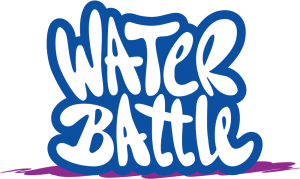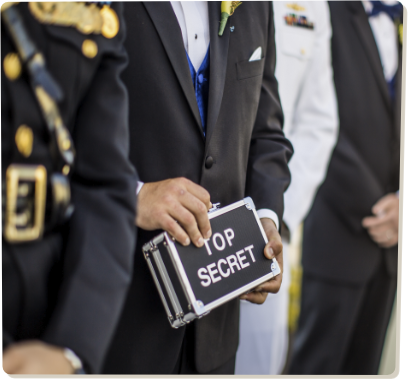Creating a gamification solution for behavioural change is pointless if it does not achieve its purpose. The implementation of a gamification solution is not as straightforward as one might think. Did you know that factors such as the gamification firm you work with, internal support from your organization, cooperation with local stakeholders, and communication are needed for a successful implementation? In the current article, we delve into the secrets you need to know when implementing a gamification solution for water-saving.
Before you even consider implementation you first need a solid solution and so we proceed with the assumption that you have a well-thought-through concept that has been developed and proven to work during the development process. Note that the best or finest implementation strategy cannot replace a working solution. With that said, let explore the important factors needed for a successful implementation.
Internal support
Water-saving can only happen when there is a change in water-consumption behaviour. We all know that behavioural change generally takes time. This means a decision would have to be made for a sustained approach to rolling out your gamification solution. A campaign run for 3-months might have behavioural change gains but it’s definitely not enough for a sustained effect.
There must be a long-term plan agreed on by your institution or the department in charge. This will address a major drawback to the implementation of gamification solutions for behavioural change. From our observation, we see that internal changes in organizations usually mean started or ongoing projects are brought to a halt and sometimes cancelled.
Consistency
The issues of consistency are linked to the earlier point about ‘internal support. The emphasis here is on the priorities of the institution implementing the gamification solution. When you start a behavioural change campaign and build momentum, then it is not advisable to pause for a couple of months hoping to pick up from where you left off. This also doesn’t mean that if the solution isn’t working you hang on just for the sake of ‘consistency’. To avoid a situation like this, you must predetermine your success metrics together with your solution developers. This takes us to the role of your gamification solution developers or partners in a successful implementation.
The gamification firm / track record
The importance of a competent gamification firm is sometimes downplayed by many institutions. When a gamification firm develops a solution for you, it does not have to end there. Usually, they are the best people to tell which parts of the solution resonates with the target audience and why. Your gamification partner must be involved in the implementation process, at least as consultants. Although there are tests during the development process, sometimes the final end-user reacts differently to the product during the actual rollout. Keep close contact with the developers during implementation to brainstorm ideas. Most importantly, make sure you pick a gamification partner who is familiar with your industry and has experience with your target audience.
Cooperation with local stakeholders
Never forget that helping your target households change their behaviour requires teamwork. For water utilities, the temptation is to strategise and come up with plans internally. Consultations should be extensive. You will need endorsements from local authorities and opinion leaders in your operational area. This is the psychological and emotional aspect of ensuring your target audience buy into your goals and aspirations. For example, if a gamification firm has a behavioural change solution for households to change their water consumption behaviour, the solution would work best if they collaborate with water companies. This way, the credibility of the solution is boosted and the end-users are more comfortable using it.
Make a realistic assessment of available resources
There must be an objective assessment of the resources available to you and which of them you want to assign to your behavioural change campaign. Ideally, a team would be appointed with the sole responsibility of ensuring a successful implementation. However, this is usually not the case. If you do not have enough resources for the implementation, then you need to adjust your expectations accordingly. For water utilities, this will require incentivizing players with water-saving devices, giving rewards to the most enthusiastic and successful players. Additionally, there might also be the need to update the gamification solution periodically to keep users engaged. In essence, a water company must be ready to invest if the goal is to achieve sustainable behavioural change.
Marketing and communication
This aspect of the implementation needs a lot of attention. It really doesn’t matter whether you have a 3 or 12-month campaign. There must be a conscious effort to engage your audience. There are various ways to do this but the strategy is dependent on the goals of the campaign and how long it will run. You could explore push/pull in-game notification, social media, organize periodic outdoor events all year round. The goal is to make sure the momentum built is not lost until the behavioural change goals are met.
As we mention the importance of marketing and communication, it is also important to pay attention to messaging. You should understand your audience. For example, if a municipality is struggling to supply water to homes because of drought but manages to supply enough water to a local brewery, then asking households to change their water consumption is a tricky business. Water utilities must assess their local situations to identify the best way to position their gamification solution.
Gamification works
Over the years, gamification has been proven to work in different industries (education, healthcare, sports). Its implementation to cause behavioural change needs the above-mentioned factors for success.
Short (video) intro to Water Battle, an example of a serious game for a water conservation project
Would you like to know more about the Water Battle? Please feel free to contact us!


